Q:There are a lot of nozzle sizes, but no consistent specifications for what material to use with each nozzle, and most people I talked to use a silica sand still for sand blasting.
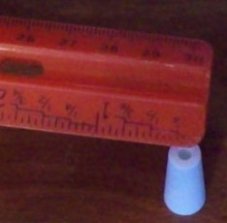
I typically like to use a 1/16″ Inner Diameter nozzle for smaller etchings. The whole idea on having a smaller nozzle size is that it will use much less air from your compressor, and it will have more force, so the glass is etched quicker. Also, the stream of abrasive is smaller/ finer which you can target specific areas of a stencil to add depth detail for carving or shading. It also eliminates the amount of abrasive dust and clouding so you can see what you’re doing better.
I am strongly against using silica sand because it has a large amount of silica in it with can cause silicosis of the lungs. Most bags that you buy will have a warning label on it that says not to use it for sandblasting. The sand does work, but it doesn’t last as long and it can be very harmful. If I used this stuff frequently, I probably wouldn’t use anything less than a sealed sandblasting helmet which blasting professionals use in the industry.
If you’re looking to use the blaster for other things with other large grits, then I agree, we need to come up with a spec sheet. You should be okay to go with something around 100 grit and finer for glass sandblasting. Also, see what a past guest used with his stone sandcarving project example.
Share this on social media or email by clicking below!

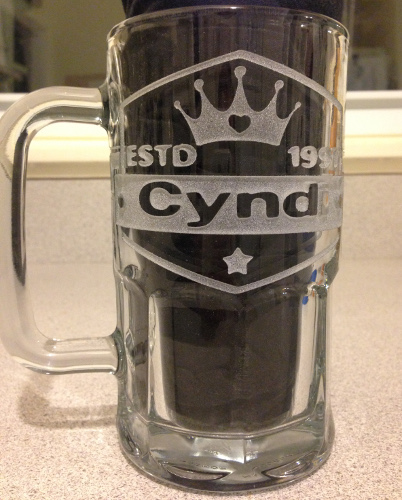
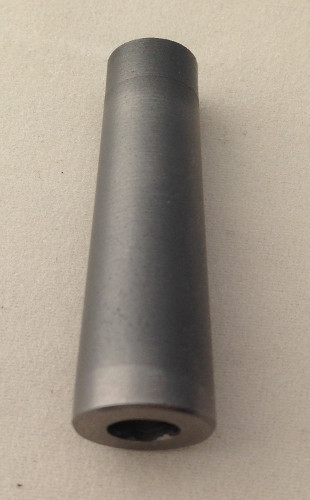
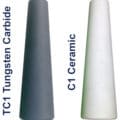
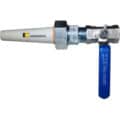
need material info : masking material and grit material. large glass art project 96 “x40 ”
approx 8 PANELS